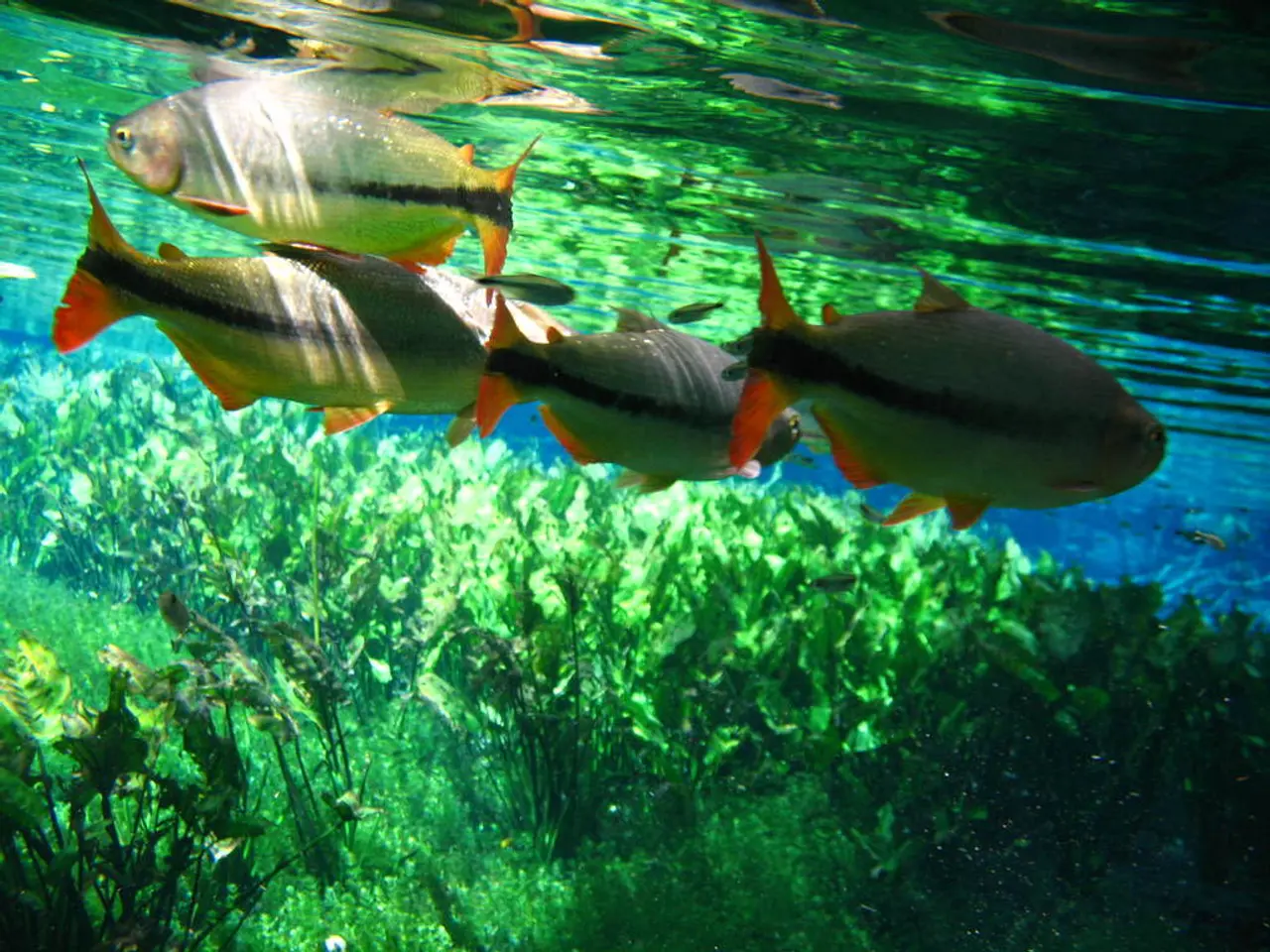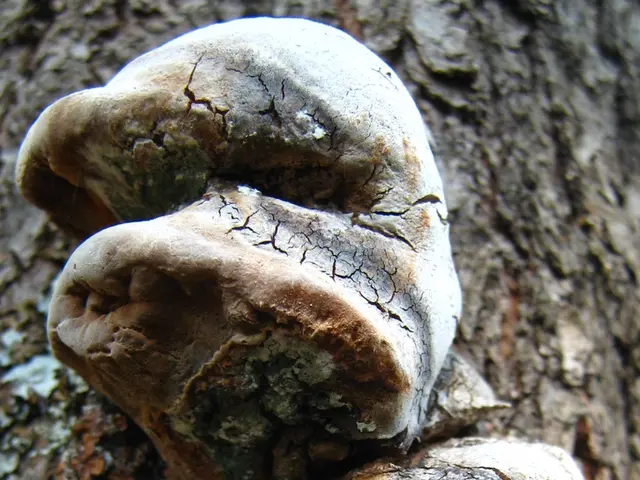Delight in Your "Summerween" Celebration with Salmon: A Tempting Seasonal Treat
California's Fall-Run Chinook salmon are making their way back to their historical spawning grounds, facing numerous challenges along the way. These iconic fish, known for their long journeys and significant role in the ecosystem, are the focus of extensive conservation efforts.
Restoring Habitat and Modernising Infrastructure
Approximately 90% of historical salmon spawning and rearing habitat is blocked by dams and in-water structures, hindering migration. To address this issue, efforts are underway to remove obsolete dams and modernise existing ones to improve passage. Notable examples include the Feather and Yuba Rivers, where these changes support reintroduction programs for spring-run salmon, which share habitats with fall-run Chinook.
Scientific Monitoring and Habitat Management
Extensive monitoring programs track water quality, habitat conditions, salmon behavior, and spawning success. Agencies coordinate rescue operations for trapped salmon caused by flow changes, as seen in the Tuolumne River. This scientific data is crucial in understanding the salmon's needs and ensuring their survival.
Water Flow Management
Maintaining pulse flows and cold water refuges is vital for salmon migration and spawning. Emergency fish relocation efforts have been necessary when water conditions create stranding risks. Balancing water needs for both fish and human use is a key challenge, but recent crises have fostered cooperation to find solutions.
Collaborative Multi-Stakeholder Approaches
California’s water conflicts involve fishermen, farmers, water managers, and researchers. The Newsom administration's $2.9 billion plan includes habitat restoration and negotiated water usage to benefit salmon and other native species. This collaborative approach is essential in navigating the complex environmental and socio-political challenges facing the salmon's survival.
Challenges During Their Migration
Loss of accessible habitat due to dams, climate change impacts, water scarcity and fisheries closures, contaminants and water quality degradation, and complex water management conflicts all pose significant threats to the fall-run Chinook salmon during their migration.
Looking Ahead
California’s efforts seek to restore salmon populations through habitat improvement, infrastructure changes, and adaptive water management. Local, sustainable water solutions like water reuse and improved groundwater recharge can be invested in to conserve water for salmon and other species. The decline of both salmon and Southern Resident orcas populations is a red flag that more needs to be done to help them survive and thrive.
As the salmon make their journey back to their spawning grounds, it's clear that their survival is deeply intertwined with the health of California's ecosystems and communities. By continuing to focus on habitat restoration, infrastructure changes, and adaptive water management, we can help these iconic fish thrive once again.
Footnotes:
[1] National Wildlife Federation. (2021). California’s Fall-Run Chinook Salmon: A Species in Crisis. Retrieved from https://www.nwf.org/-/media/files/california/wildlife/conservation/salmon-and-steelhead/california-s-fall-run-chinook-salmon-a-species-in-crisis.pdf
[2] California Department of Fish and Wildlife. (2021). Fall-Run Chinook Salmon. Retrieved from https://wildlife.ca.gov/Fish/Salmon/Fall-run-Chinook
[3] Pacific Coast Federation of Fishermen's Associations. (2021). Fall-Run Chinook Salmon. Retrieved from https://www.pcffa.org/fisheries/fall-run-chinook-salmon
[4] California Trout. (2021). Fall-Run Chinook Salmon. Retrieved from https://www.caltrout.org/our-work/species/fall-run-chinook-salmon
[5] Newsom Administration. (2021). Governor Newsom Announces $2.9 Billion Water Resilience Portfolio. Retrieved from https://www.gov.ca.gov/2021/02/16/governor-newsom-announces-2-9-billion-water-resilience-portfolio/
- The decline of fall-run Chinook salmon populations is not only a concern for environmental scientists but also for home and garden enthusiasts, as the health of the salmon is closely tied to the overall well-being of California's ecosystems and communities.
- As part of the collaborative efforts to restore fall-run Chinook salmon populations, lifestyle choices that conserve water, such as water reuse and improved groundwater recharge, could play a significant role in ensuring the survival and thriving of these iconic fish.




